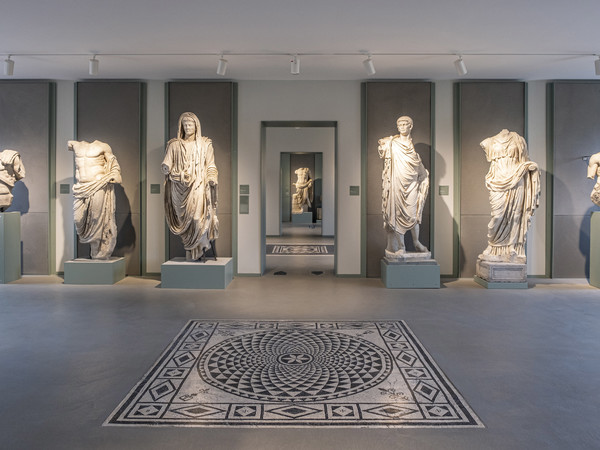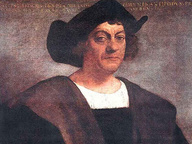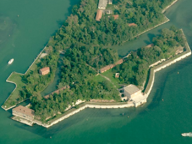National Archaeological Museum of Aquileia
Guida Aquileia

- Location: National Archaeological Museum of Aquileia
- Address: Via Roma 1
- E-Mail: museoarcheoaquileia@beniculturali.it
- Phone#: +39 0431 91016
- Booking phone#: +39 0431 91035
- Opening: Tue - Sun 10 am - 7 pm (booking recommended) | Mon closed
- Price: Full 7 € | Reduced 2 € | Entrance ticket included with FVGcard | 12 months superMAN subscription 15 €
The National Archaeological Museum of Aquileia was established in 1882 by the Austrian government in the seat of the neoclassical Villa Cassis Faraone, named after the noble family that owned it. The exhibition itinerary, which has undergone numerous transformations over time, enhances the very rich collection formed in over two centuries of research in the area. The recent exhibition set-up, through the different sections distributed on the three floors of the building, for a total of twelve rooms, develops a narrative focused on the history of the Roman city of Aquileia. Refined mosaics, inscriptions, portraits, monumental sculptures and artifacts of common use tell the splendor of public monuments, daily life, the productive and commercial activities of what was once an economic center of strategic importance, a privileged place for meeting and dialogue between peoples. different languages and religions. Particularly precious are the products of artistic craftsmanship in amber, glass and semi-precious stones. The museum itinerary ends within the evocative setting of the lapidary galleries and gardens, reorganized on the occasion of the Jubilees of the reign of Francesco Giuseppe in 1898 and 1908, with the rich collections of epigraphs, mosaics and funerary monuments.



